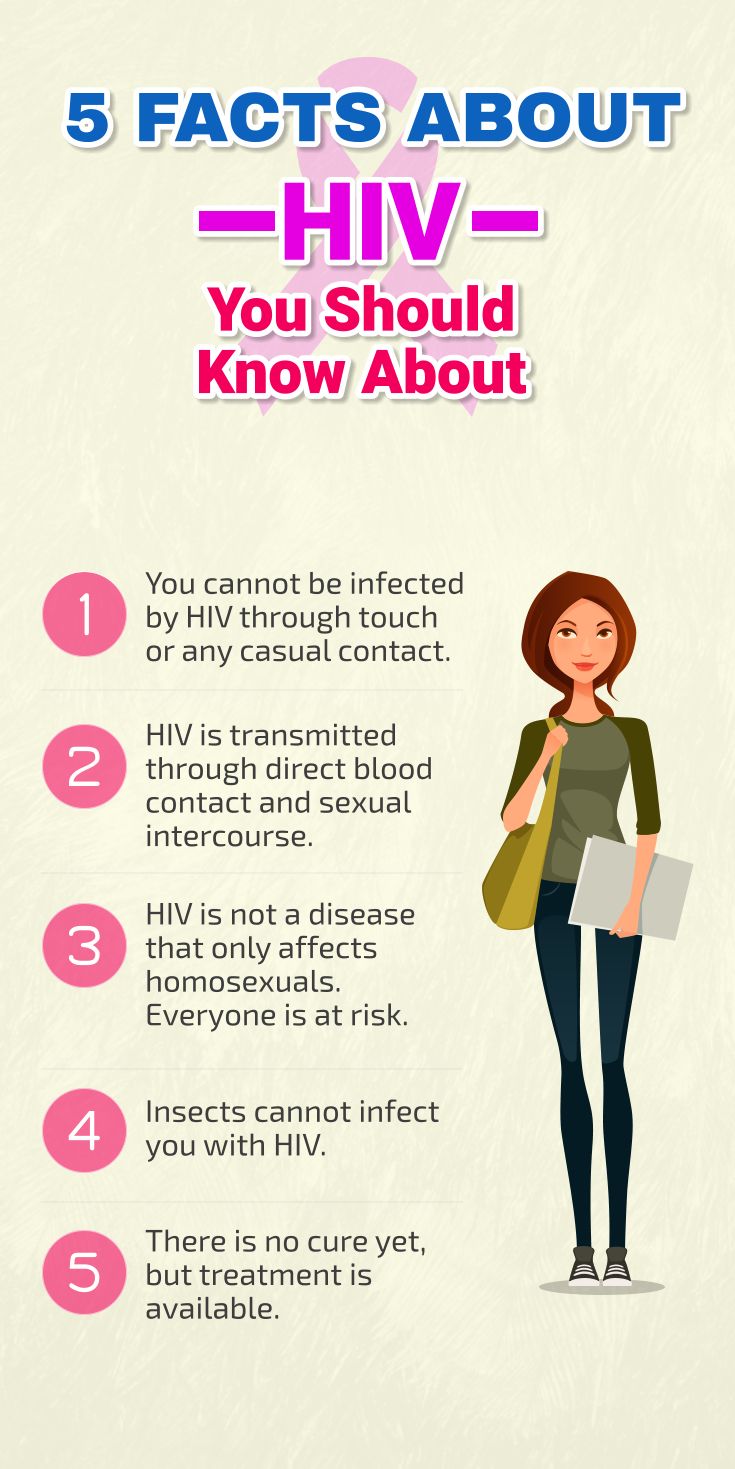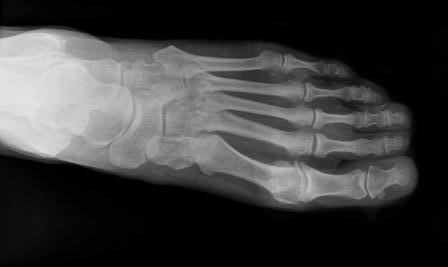Headache And Teeth: Solutions To Ease Your Pain
The complex relationship between headaches and teeth is a topic of significant interest, particularly for those who experience frequent or severe pain in these areas. While it may seem counterintuitive that headaches and teeth issues are connected, the reality is that there are several mechanisms by which problems in the mouth can contribute to headaches, and vice versa. Understanding these connections is crucial for developing effective solutions to alleviate pain and improve overall well-being.
One of the primary ways in which teeth issues can lead to headaches is through the trigeminal nerve. This nerve is responsible for sensation in the face, including the teeth, and plays a significant role in the transmission of pain signals. When there is inflammation or irritation in the teeth or gums, it can stimulate the trigeminal nerve, leading to the referral of pain to other areas of the face, including the temples and forehead, which are common sites for headache pain. Furthermore, conditions such as temporomandibular joint (TMJ) disorder can also contribute to headache pain. The TMJ connects the jawbone to the skull and plays a crucial role in jaw movement. Dysfunction in this joint can lead to muscle tension in the jaw, face, and neck, which in turn can cause or exacerbate headaches.
Problem-Solution Framework: Addressing Underlying Causes
To effectively manage headache pain related to teeth issues, it is essential to identify and address the underlying causes. This may involve a combination of dental and medical interventions, tailored to the individual’s specific needs.
- Dental Examination: A comprehensive dental examination is the first step in identifying any oral health issues that could be contributing to headaches. This includes checking for signs of tooth decay, gum disease, and TMJ dysfunction.
- TMJ Therapy: For individuals diagnosed with TMJ disorder, therapy may involve jaw exercises, the use of a mouth guard to reduce teeth grinding and clenching, and in some cases, orthodontic treatment to correct bite issues.
- Relaxation Techniques: Stress is a common exacerbator of both TMJ disorder and headache pain. Engaging in relaxation techniques such as meditation, deep breathing, or yoga can help reduce muscle tension and alleviate pain.
- Pain Management: In cases where pain is severe, over-the-counter or prescription pain medications may be recommended. However, it is crucial to use these under the guidance of a healthcare provider to avoid dependency and other side effects.
Comparative Analysis: Dental Treatments for Headache Relief
Several dental treatments can offer relief for headache sufferers, each with its own set of benefits and potential drawbacks.
| Treatment | Benefits | Considerations |
|---|---|---|
| Mouth Guard | Reduces teeth grinding and clenching, helping to alleviate TMJ strain and associated headache pain. | May require adjustment period, potential for increased saliva production. |
| Orthodontic Treatment | Corrects bite issues that can contribute to TMJ dysfunction and headache pain. | Can be lengthy and expensive, requires compliance with treatment plan. |
| Dental Restorations | Addresses tooth decay or damaged teeth that may be causing pain or discomfort contributing to headaches. | Immediate relief, but requires regular dental check-ups to maintain oral health. |
Historical Evolution: Understanding the Development of Treatments
The approach to treating headaches related to teeth issues has undergone significant evolution over the years. Historically, the focus was primarily on treating symptoms rather than addressing the underlying causes. However, with advancements in dental and medical sciences, there is now a greater understanding of the complex interplay between oral health and overall well-being. This has led to the development of more holistic treatment approaches that consider the individual’s entire health profile, not just the symptoms presented.
Future Trends Projection: Emerging Technologies and Techniques
The future of treating headaches related to teeth issues holds promise with emerging technologies and techniques. Advances in dental materials and technologies, such as 3D printing for custom mouth guards and dental restorations, are likely to improve treatment outcomes. Furthermore, the integration of AI and machine learning in dentistry could lead to more precise diagnoses and personalized treatment plans. On the therapeutic side, innovative approaches such as transcutaneous electrical nerve stimulation (TENS) for pain management and botanical supplements for relaxation and pain relief are being explored.
Myth vs. Reality: Separating Fact from Fiction
There are several myths surrounding the relationship between teeth and headaches that need to be addressed:
- Myth: Teeth grinding and clenching are harmless and do not contribute to significant health issues.
- Reality: Chronic teeth grinding and clenching can lead to TMJ disorder, facial pain, and headaches, among other issues.
- Myth: Headaches caused by teeth issues are always accompanied by noticeable oral health problems.
- Reality: Often, the connection between teeth issues and headaches can be subtle, with no apparent oral health symptoms.
Decision Framework: Choosing the Right Treatment Path
For individuals considering treatment for headaches related to teeth issues, the following decision framework can be helpful:
- Consult a Professional: Begin by consulting a dentist or healthcare provider to determine the underlying cause of the headaches.
- Assess Treatment Options: Based on the diagnosis, assess the available treatment options and their potential benefits and drawbacks.
- Consider Lifestyle Changes: In addition to medical or dental interventions, consider lifestyle changes such as stress reduction techniques, dietary adjustments, and regular exercise.
- Monitor Progress: Regularly monitor the effectiveness of the chosen treatment path and be open to adjusting the approach as needed.
Resource Guide: Comprehensive Support for Managing Pain
Managing headaches related to teeth issues requires a comprehensive approach that includes dental care, medical interventions, lifestyle adjustments, and access to resources for ongoing support.
- Dental Care: Regular dental check-ups and cleanings, addressing any oral health issues promptly.
- Medical Interventions: Following the recommended treatment plan for TMJ disorder, teeth grinding, or other contributing factors.
- Lifestyle Adjustments: Practicing stress-reducing techniques, maintaining a healthy diet, staying hydrated, and getting regular exercise.
- Support Resources: Utilizing online forums, support groups, and educational materials to stay informed and connected with others who are experiencing similar challenges.
FAQ Section
Can headaches be a sign of an underlying oral health issue?
+Yes, headaches can sometimes be a symptom of an underlying oral health issue, such as TMJ disorder, teeth grinding, or dental infections. It's essential to consult a dentist or healthcare provider for a comprehensive evaluation.
How can I determine if my headaches are related to teeth issues?
+To determine if your headaches are related to teeth issues, look for patterns such as pain upon waking, clicking or popping of the jaw, or sensitivity in the teeth and gums. A professional dental examination can provide a definitive diagnosis.
What lifestyle changes can help alleviate headache pain related to teeth issues?
+Lifestyle changes such as reducing stress through meditation or deep breathing exercises, avoiding strenuous jaw activities, and maintaining good oral hygiene practices can help alleviate headache pain related to teeth issues.
In conclusion, the relationship between headaches and teeth is complex and multifaceted, involving various dental and medical factors. By understanding these connections and adopting a comprehensive approach to treatment, individuals can find effective relief from pain and improve their overall quality of life. Remember, each individual’s experience with headaches and teeth issues is unique, and what works for one person may not work for another. Therefore, it’s crucial to work closely with healthcare professionals to develop a personalized treatment plan.


